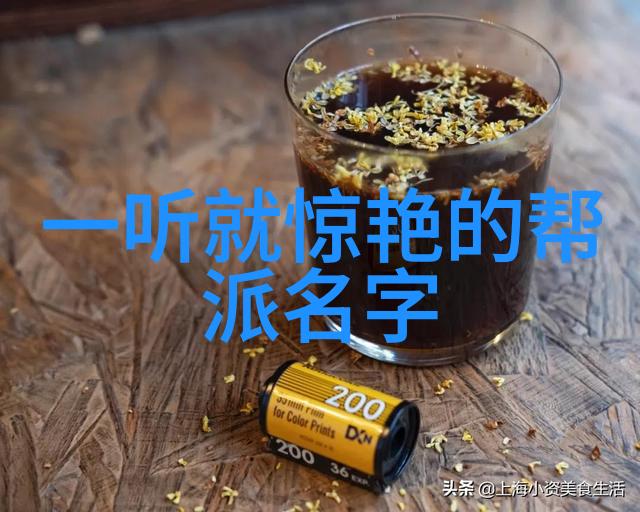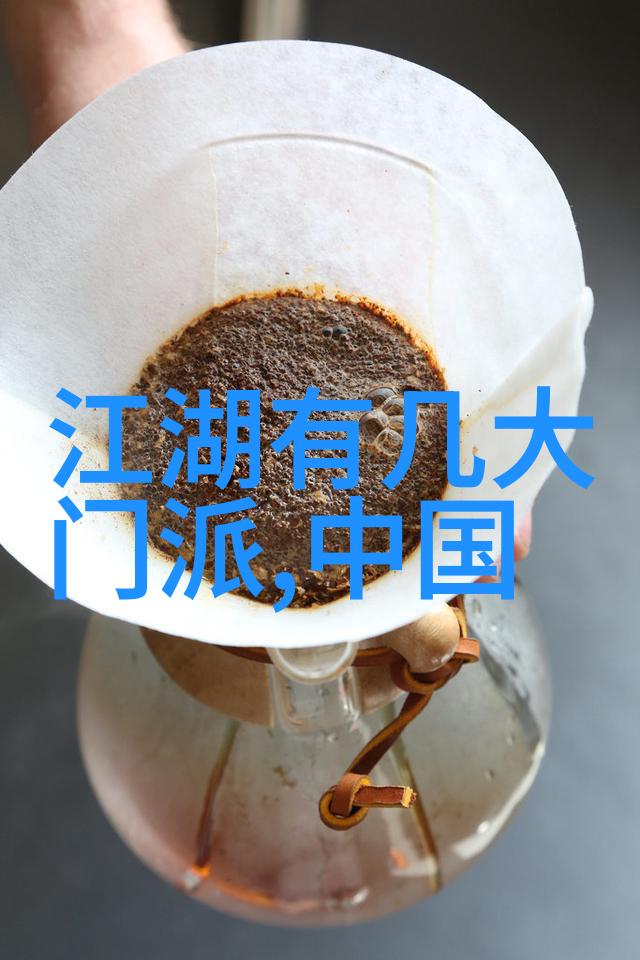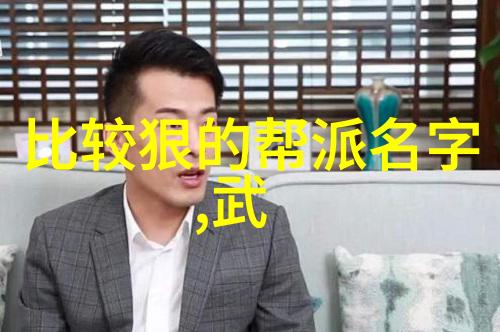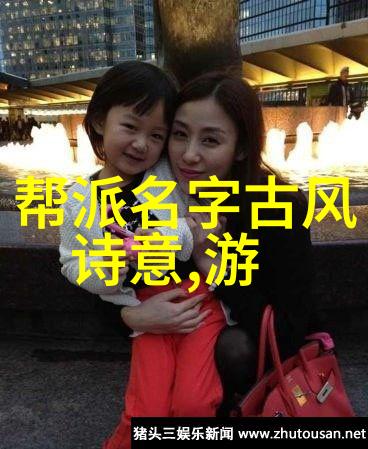

在中国古代武术中,螳螂拳是山东四大名拳之一,也是首批被国家体育总局武术运动管理中心列入系统研究整理的传统武术九大流派之一。它不仅凝聚了明末清初众多武术流派之长,而且体现了中国古代文化的精髓。研究螳螂拳对于了解明清之际的武术有着不可替代的作用。

现在,让我们一起探索螳螂拳第一段动作技巧步骤/方法:预备式
动作分解:

双脚并拢,脚尖朝前,直腿站立。

两臂自然下垂,双手成掌,掌指朝下,掌心朝里。
目视前方。(图168)

第一式动作分解

(1)接前式,左脚向前进一步,腿变左踏基步。
吐胸,向前探身。
右掌内螺旋,上方摆动变钩,将钩尖朝下至头平;
同时,
左掌屈肘上摆至右肘内侧,以腕弯曲、掌指朝上、肘尖朝下的姿势相对应;
目视右钩顶。(图169)
(2)探身吞胸,与腰向下沉。
右钩变为正握掌形态与探身吞胸一同移动,
以直臂将腕弯曲、掌指朝上的手势作为基础,
高与鼻平相对应;
目视右掌。(图170)
(3)调膀转腰,即转向左侧方向,同时保持身体姿势稳定性。
右手进行内旋转,并随着转腰直接将直臂从头上方位置划出形成新的钩状,用力使得钩尖再次置于耳平高度,
目视其顶部方向;此时身体微微倾斜,使得全身线条更显优美和强健。(图171)
(4)接着原则相同地反方向转腰调膀,即由左侧回到原始位置,但过程中保持均匀性和连贯性.
Right hand, as it was in the previous step, performs an internal rotation and with the turning of the waist directly moves its straight arm from a position above the head to form a new hook shape. The tip of this hook is directed towards the front right side at ear level.
With your eyes fixed on this hook's tip.
(5) Waist turns rightwards. Right hand, having completed its external rotation, transitions into an internal rotation. As it does so, it draws back leftwards then upwards in an arc motion until reaching behind and above your head to form another hook shape with its tip pointing forward while keeping elbow pointed rightwards.
At the same time, left hand pushes out forwards and upwards by bending wrist towards thumb edge, palm facing up and slightly angled towards right side at nose height with elbows bent slightly downwards. Keep your gaze focused on that right hand.
(6) Waist twists leftwards and hips swivel for better balance while stepping forward.
Right hand completes its transformation into a proper fist shape as you move forward downward diagonally before pulling back again upwardly along a diagonal line; wrist bends toward thumb edge while maintaining palm orientation (facing up), which points toward left side at nose height with elbows bent slightly downwards.
Left fist follows suit by drawing backwards down to rearward-leftward direction alongside inner surface of right arm just formed; wrist bends toward thumb edge while maintaining palm orientation (facing up), which points toward upper-right corner direction below earlobe level.
Throughout these steps keep vision locked onto that moving fist using body movement dynamics designed for optimal power distribution throughout each action sequence within this series.\
Use: This technique is used for striking enemy's chin or ears depending on their reaction during execution.
Force Points: During strikes against enemy's chin or ears use force concentrated upon fingertips of both hands respectively when they are positioned over target area prior to impact.
When striking enemy's face use force concentrated upon outer rim near base of little finger-side facing outward away from self.\
Second Technique Sequence:
Step 1: Begin by inhaling deeply through nostrils before exhaling fully through mouth. Inhale once more but only partially breathe in before exhalation occurs without pause between breaths—this process helps maintain constant airflow throughout entire exercise routine performed here today!

2025-01-04

2025-01-04

2025-01-07

2025-01-04

2025-01-04

2025-01-04

2025-01-20

2025-01-07

2025-01-04

2025-01-04